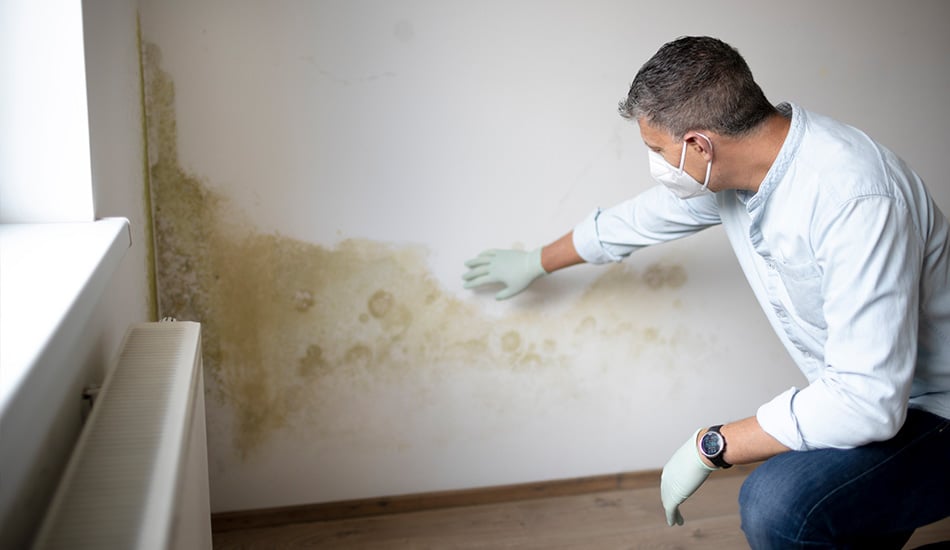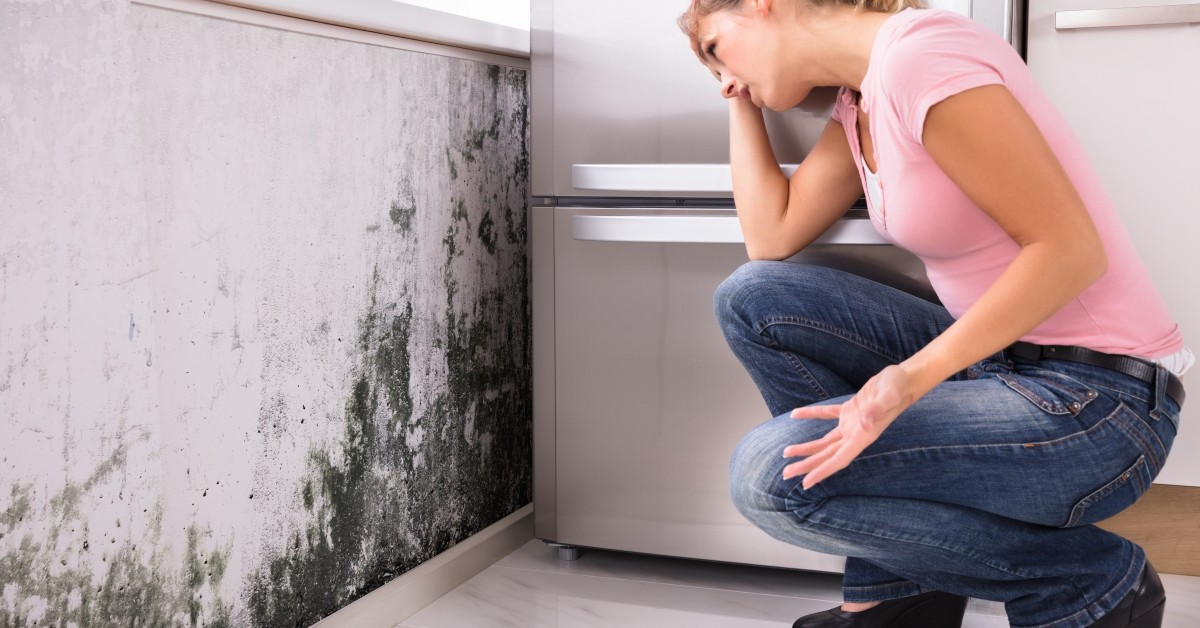After Mold Remediation Techniques for Clean Areas
After Mold Remediation Techniques for Clean Areas
Blog Article
Professional Tips for Post Mold And Mildew Removal Success
In the realm of mold removal, effectively eradicating mold is only half the battle; real challenge depends on preventing its reappearance. Post-remediation efforts play an essential function in ensuring a mold-free atmosphere in the long-term. By adhering to skilled suggestions and ideal techniques, people can guard their areas against mold renewal and keep a healthy and balanced interior atmosphere. It remains in this stage of the removal procedure that interest to detail and proactive procedures truly make a distinction.
Display Moisture Degrees Frequently
After finishing mold removal procedures, preserving optimum humidity degrees is important to prevent mold re-growth and ensure a healthy interior setting. High humidity degrees over 60% create a favorable atmosphere for mold and mildew to flourish, making normal keeping track of an aggressive step to stop any kind of future mold and mildew concerns.
Utilizing hygrometers or dampness meters can assist in precisely gauging moisture levels in different areas of the residential property. These devices supply real-time data that allows remediation professionals to make educated choices pertaining to ventilation, dehumidification, and other required actions to maintain excellent humidity degrees post-remediation. Additionally, establishing a routine schedule for moisture checks, specifically in risky areas such as cellars, kitchen areas, and shower rooms, is a positive technique to mold and mildew avoidance. By constantly keeping track of humidity levels, home owners can efficiently reduce the risk of mold and mildew reoccurrence and keep a healthy and balanced interior atmosphere post-remediation.
Conduct Thorough Inspections Post-Remediation
Adhering to the conclusion of mold removal treatments, it is crucial to conduct thorough assessments to verify the efficiency of the removal process. These post-remediation assessments are essential in making certain that the mold concern has actually been successfully attended to which there is no recurrence or staying mold and mildew growth. Evaluations must be carried out by qualified experts who have know-how in recognizing mold and analyzing indoor air top quality.
Throughout these inspections, different approaches such as aesthetic analyses, air tasting, and surface sampling may be utilized to thoroughly examine the remediated locations. Aesthetic analyses entail a comprehensive assessment of the properties to look for any noticeable indicators of mold growth or water damage. Air tasting aids in establishing the air-borne mold and mildew spore levels, while surface area tasting can identify mold particles on surfaces.
Implement Proper Air Flow Strategies
After making sure the efficiency of the mold removal procedure with detailed examinations, the next important step is to focus on implementing correct air flow approaches. Ample ventilation is vital in avoiding mold reoccurrence by regulating moisture degrees and promoting air circulation. To achieve this, it is recommended to make use of exhaust fans in locations susceptible to high humidity, such as washrooms and cooking areas. In addition, opening doors and windows when climate permits can aid enhance air movement and lower wetness buildup. Air cleansers and dehumidifiers are additionally beneficial tools in maintaining ideal indoor air quality.
Appropriate ventilation not just aids in protecting against mold and mildew growth yet additionally adds to the total health and wellness and comfort of residents. By making sure sufficient ventilation throughout the residential or commercial property, you can decrease the danger of mold and mildew regrowth and produce a healthier living environment.

Use Mold-Resistant Materials for Repair Works
To improve the long-lasting effectiveness of mold and mildew remediation efforts, including mold-resistant products for repairs is critical in mitigating the danger of future mold growth. Mold-resistant products are created to withstand dampness and inhibit mold and mildew growth, making them an important selection for locations vulnerable to dampness and moisture. When repairing areas affected by mold, using materials such as mold-resistant drywall, mold-resistant paints, and mold-resistant caulking can aid stop mold and mildew recurrence.
Mold-resistant drywall is a superb option to standard drywall in locations like restrooms and basements where wetness degrees are greater. This type of drywall has a special layer that resists mold growth also when revealed to damp problems. Additionally, making use of mold-resistant paints having antimicrobial agents can further prevent mold development on walls and ceilings.
In areas where dampness is typical, my explanation such as cooking areas and restrooms, making use of mold-resistant caulking around home windows, sinks, and tubs can assist secure out water and protect against mold and mildew from holding in cracks and crevices. By purchasing these mold-resistant products during repair services post-remediation, you can dramatically lower the probability of future mold and mildew problems and maintain a much healthier interior environment.
Maintain Tidiness and Address Water Issues
After mold and mildew remediation, it is critical to maintain a tidy environment to prevent the regrowth of mold and mildew. Leaks, water invasion, or high moisture levels can create the ideal breeding ground for mold and mildew, so it is vital to take care of any water-related problems right away.
To preserve cleanliness, consider making use of HEPA filters in vacuum cleaners and air purifiers to trap mold spores and avoid their flow in the air. Moreover, making sure correct ventilation in areas vulnerable to moisture build-up, such as washrooms and cooking areas, can aid maintain moisture levels in check. By staying cautious concerning tidiness and addressing water issues immediately, you can efficiently stop mold and mildew reinfestation and keep a healthy interior atmosphere.
Conclusion

In the realm of mold remediation, successfully eradicating mold is only half the fight; the real obstacle exists browse around here in preventing its reappearance. After completing mold removal procedures, preserving ideal moisture levels is crucial to stop mold re-growth and make certain a healthy and balanced indoor atmosphere. High moisture degrees above 60% develop a conducive environment for mold and mildew to flourish, making normal monitoring an aggressive measure to avoid any type of future mold problems.
To boost the lasting effectiveness of mold and mildew remediation efforts, including mold-resistant materials for repair work is essential in reducing the risk of future mold and mildew development. After mold remediation, it is critical to preserve a tidy atmosphere to stop the regrowth of mold and mildew.
Report this page